5 food and beverage technology trends
As product storage, sorting and replenishment methods continue to evolve, food and beverage warehouses are embracing five technology trends.
As is the case in many sectors, the food and beverage industry is evolving constantly, especially from the standpoint of customer demand, warehousing and technology. The evolutions are so frequent that it’s becoming more and more difficult for warehouses to manage their operations, let alone keep track of the changes.
Whether managers are looking to improve quality control, replenish items on store shelves more efficiently or increase the speed of product sorting and staging, they must be aware of five key trends, each of which relate to technology that will influence their warehouse operations into the future.
While the popularity of technology like automatic guided vehicles (AGVs), voice and warehouse management systems (WMS) continues to rise in food and beverage warehouses, operations are also noticing a variety of benefits—from a decline in errors and costs to a rise in picking accuracy—as they strive to improve operations, enhance productivity and create an environment suited to the following technology trends.
1.) “Flow-through” sortation
To ensure food and beverage inventory is brought into a distribution center, staged, sorted and then sequenced for quicker replenishment on store shelves—all during the same day—some operators are now considering “flow-through” sortation systems, a term specified by Sean O’Farrell, market development director at Dematic. Considered an automated storage and retrieval solution, the systems use automatic vehicles, along with robotic depalletizing and palletizing, to provide flexibility, modularity and scalability as operators transport cases, totes and trays.
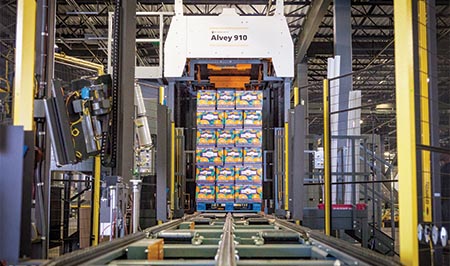 Through these systems, operators can also acquire inventory rapidly and break it down to a case level from a pallet or a layer, prior to sequencing the cases out to pallet build stations. In doing so, “aisle friendly” display pallets, order pallets, roll cages and totes can then be built to improve the accuracy and timeliness of store shelf replenishment, O’Farrell says.
Through these systems, operators can also acquire inventory rapidly and break it down to a case level from a pallet or a layer, prior to sequencing the cases out to pallet build stations. In doing so, “aisle friendly” display pallets, order pallets, roll cages and totes can then be built to improve the accuracy and timeliness of store shelf replenishment, O’Farrell says.
“The benefits to ‘flow-through’ are immense—from less product handling and greater quality control, to having a longer shelf life and reducing inventory on-hand, thereby freeing up capital for other needs,” O’Farrell says. “We have a customer who went from building a product and placing the unit onto a store shelf for sale in 11 days—to doing so in just two days, as a result of a ‘flow-through’ type of automated solution. These nine days of savings in the supply chain have provided our customer considerable benefits.”
Due to products’ longer shelf lives, a higher availability of products to replenish store shelves and a reduction in handling that is required at the store level (primarily to maintain product quality), O’Farrell believes operator (and customer) satisfaction will continue to rise as more of these types of sortation systems are implemented.
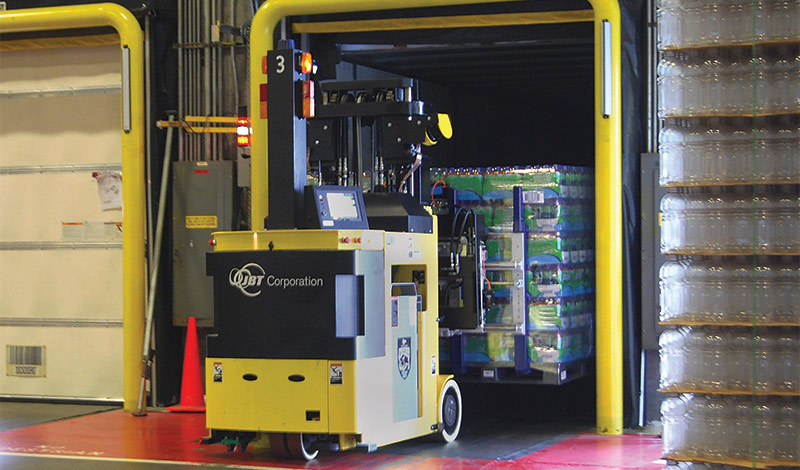
2.) Adaptability and flexibility in equipment innovations
Aside from the speed of product staging, sorting and replenishment, food and beverage warehouse operations are focused on the array of order profiles and ways they can exceed their customers’ product delivery expectations. Amazon has directly influenced product delivery options, as customers have the convenience of ordering virtually wherever (and, just as importantly, whenever) they want.
As a result, order profiles are becoming smaller and more frequent in nearly all food and beverage markets, leaving companies no choice but to fill large retail orders and small e-commerce orders at the same time. Food and beverage equipment and solutions are trending toward more adaptable and flexible features and functionalities. By purchasing and using flexible equipment, operations will not only be able to maintain their current production pace, but also prepare for future evolutions within the industry, particularly in regard to technology, product delivery and packaging as a whole.
“This trend—for more adaptability and flexibility—is driven by SKU proliferation and packaging changes, which are either already known or anticipated for the future,” says Doug Stoll, product manager of palletizing for Honeywell Intelligrated. “To address these changes, equipment functionality and capability is increasingly being addressed sooner during initial purchases. So operations are planning ahead now, as opposed to upgrading down the line when packaging or production needs change.”
One example of the need for adaptability and flexibility is the proliferation of new packaging types, along with a variety of order quantities. For instance, reusable plastic containers and nested tab containers often require special handling for proper stacking, while advanced case turning technology is typically required to properly build display type loads.
“Adding to this, equipment designs are now required to handle a greater range in product sizes—from very small packs for single serve to ‘mega packs’ for club stores,” Stoll says. “This, combined with the reduction or elimination of secondary packaging and the lighter weight of primary packaging, is putting greater demands on equipment design and capability.”
However, adds Stoll, technology advances are enabling OEMs to design and implement innovative tooling and control methodologies for difficult-to-handle or fragile products, while also maintaining or increasing production rates. “And advances in grippers and end-of-arm-tooling are improving ROI outlooks for robotics systems—as they can gently position products without impacting throughput.”
3.) AGV popularity is steadily increasing
For years, some food and beverage warehouse operations misperceived automatic guided vehicles as untrustworthy, despite the reliability and improved safety they can now provide to operations. This misperception has declined in the last couple years, as operations have become much more comfortable with AGVs, particularly due to the advent of technology like self-driving cars.
Inspired by Industry 4.0—which invites collaboration between automated systems within facilities—managers are now interested in having enterprise-wide automation. Not only will company-wide deployment increase AGVs’ accessibility to warehouse employees on a daily basis, but it will also encourage integration among other technological systems, as AGVs communicate with automated storage and retrieval systems (AS/RS) and warehouse management systems.
“Enterprise deployments of AGVs are simplifying the interfaces required to make these systems ‘speak’ to one another,” says Laura McConney, marketing specialist at JBT Corp. “By incorporating these cross-system communications into their warehouses, operations will have more accurate data, which they can use to improve efficiency and material flow.”
Additionally, outbound loads, which are typically standardized in the food and beverage industry, are well suited for AGVs. Since outbound loads are usually loaded in predictable ways, AGVs can perform to their utmost potential whenever they pick them up and transport them, as they know the relative size of each load.
“Food and beverage companies have always been well suited for AGVs,” McConney explains. “Now that they’re being deployed enterprise-wide, they will improve the safety of docks and warehouses, increase efficiency and save operators money long-term.”
4.) Voice technology’s new era
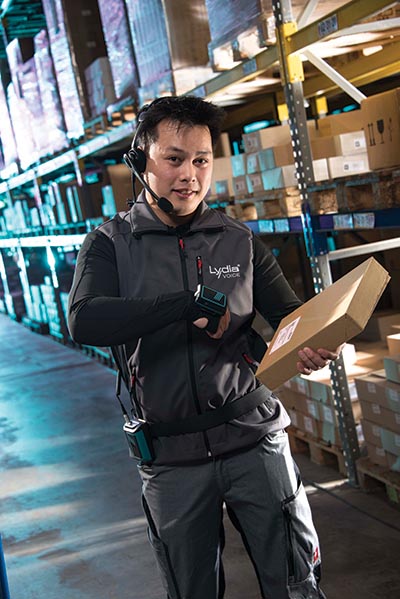 Food and beverage warehouses are realizing the primary benefits of voice technology—that it can be measured quantitatively to reduce the costs of each line-item transaction, while also increasing picking accuracy considerably.
Food and beverage warehouses are realizing the primary benefits of voice technology—that it can be measured quantitatively to reduce the costs of each line-item transaction, while also increasing picking accuracy considerably.
The cost reduction (and, in turn, ROI) of the technology is especially noticed in the timeliness of certain processes, such as order picking. When compared to typical handheld scanner devices, which complete processes like order picking in nine steps, voice technology can reduce the amount of steps involved in the same process by 40%, according to Scott Deutsch, president of Ehrhardt + Partner Solutions.
“Of equal importance, voice technology can also decrease picking errors, particularly mis-picks, by upwards of 50% in comparison to handheld scanners,” Deutsch says. “Not to mention, the implementation of voice technology will also reduce the time it takes to onboard and train workers by more than 50%. Each of these reductions leads to increased customer trust, too, as customers will trust the orders they receive more when order accuracy exceeds 99%.”
The timeliness of onboarding is also crucial from a hiring standpoint, as warehouse employee turnover remains high. In response to this turnover, temporary employment is rising in food and beverage warehouses across the country—to the point in which some warehouses are even hiring employees for short-term (one- to two-day-long) projects only.
“The need for workers to almost immediately add value is required,” Deutsch adds. “Voice technology helps streamline the onboarding process since workers follow optimized voice process commands, rather than having to learn from supervisors and receive multiple days of training.”
To reduce costs and errors, improve onboarding and increase their customers’ trust, food and beverage warehouse operations are also beginning to use Android devices, rather than the usual voice-centric devices (which have cost nearly 50% more than handheld devices) that have been used the last couple decades. For years, voice technology suppliers limited the devices they would support. However, to compete in the future market, embracing Android is an advantage.
“Aside from providing customers a wide range of device support, Android also offers them much lower operating costs for their headsets and headset infrastructure,” Deutsch adds. “Consequently, the era of less than $1,000 per device, along with headsets for less than $150, is now upon us.”
5.) The expansion and evolution of WMS continues
As the usage of warehouse management systems continues to expand, Matt Butler, director of industry strategy at JDA Software, has noticed its increasing relevance and popularity as an enterprise solution. Not only are food and beverage warehouse operations rolling out WMS throughout warehousing divisions, they’re also leveraging these solutions across remaining operational footprints (third-party logistics operated facilities, overflows, plants, etc.).
This widespread usage is even being noticed in large, multi-divisional organizations that historically operated in silos. The implementation isn’t too surprising to managers at these companies though, as they’ve been optimizing their capacity management and risk mitigation capabilities throughout their distribution networks. In addition, they’ve been increasing their standardization throughout their facilities and information systems to improve responsiveness and lower the total cost of ownership.
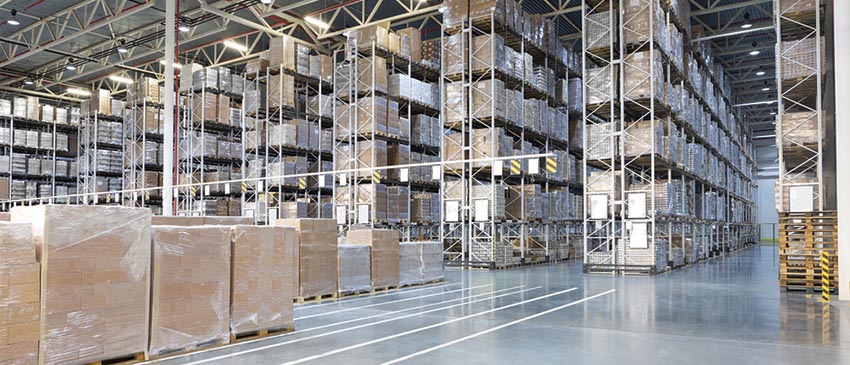
And WMS has evolved to help them achieve these goals, particularly by accommodating diverse customer and product-specific requirements across distribution, manufacturing and supply/overflow warehouses. At the same time, WMS has allowed the employment of Tier 1 operational capabilities—through a lower-cost, scaled down solution, which is especially important for smaller operations that are less complex than multi-divisional organizations.
“Simply put, WMS now offers more flexibility than ever before. For example, the configuration logic that drives channel-, customer- and item-specific requirements can be leveraged in all footprints to provide a more consistent customer experience,” Butler explains. “Meanwhile, optimization engines and administrative approaches, such as directed work and engineered standards, can be used to highly tune operations, or they can be turned off entirely for small scale sites since they’d be overkill, so to speak, in those types of locations.”
This consistency, in relation to customers’ experiences, is more likely when food and beverage warehouses use a “one solution, scaled to fit all sizes” approach to deploying, improving and supporting a WMS. By optimizing a single WMS solution, companies are noticing less redundancy and better results as they focus on assimilating their operations into standards that are accepted throughout the world.
“While there will be specialized requirements, a single-system approach will reduce complexity and increase the speed of the assimilation process,” Butler adds. “When operators have consistency in WMS, they’ll have a holistic view of their operations so that their future actions are more justifiable and easily prioritized.”
View Food & Beverage Related Products and Accessories
 Automated storage and picking systems
Automated storage and picking systems
Food, beverage handling automation for freezer warehouses.
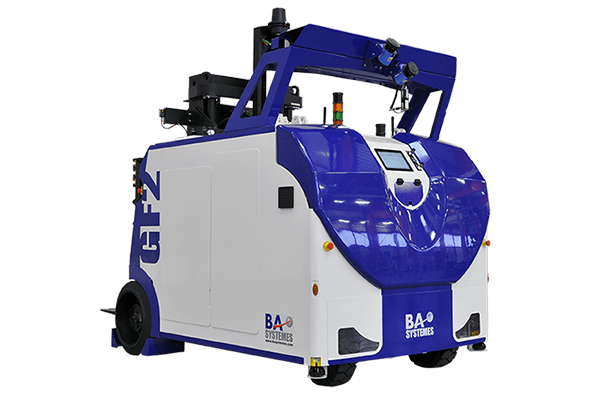 GF2 Automated guided vehicle
GF2 Automated guided vehicle
Transport two pallet loads, side-by-side, on compact AGV.
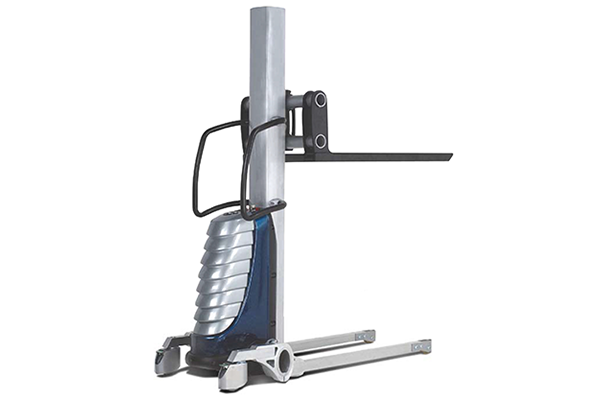 Voyager Squeeze-o-Turn
Voyager Squeeze-o-Turn
Grip, lift and rotate drums, reels with aluminum stacker.
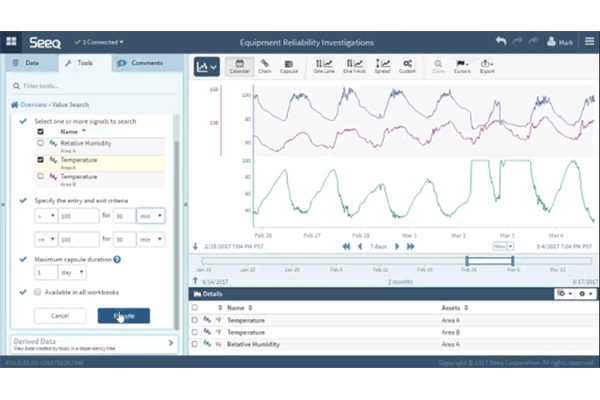 Seeq R20 advanced analytics software
Seeq R20 advanced analytics software
New release of analytics software expands machine learning functionality.
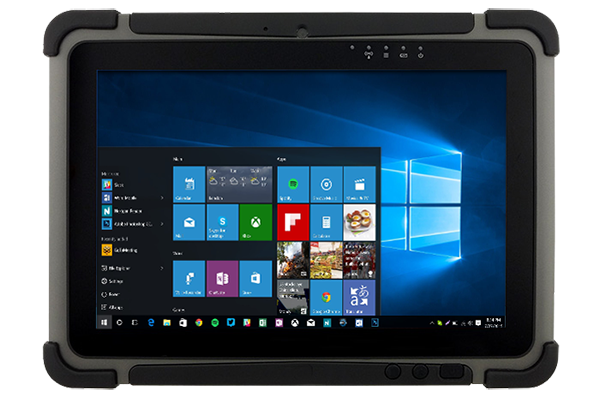 MT2010 Rugged Tablet
MT2010 Rugged Tablet
Connect rugged tablet to Verizon Wireless network.
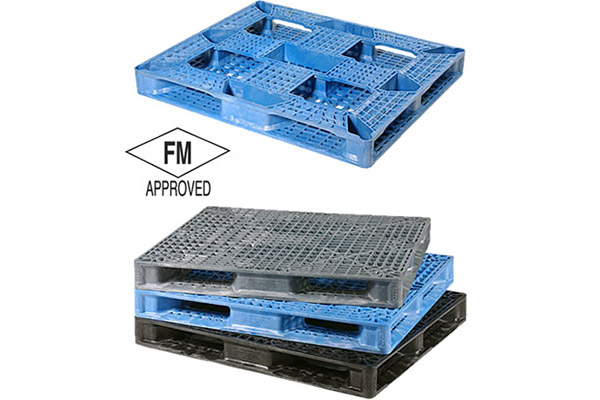 ProStack ProGenic pallets
ProStack ProGenic pallets
Plastic pallets meet food, beverage, pharmaceutical product handling guidelines.












